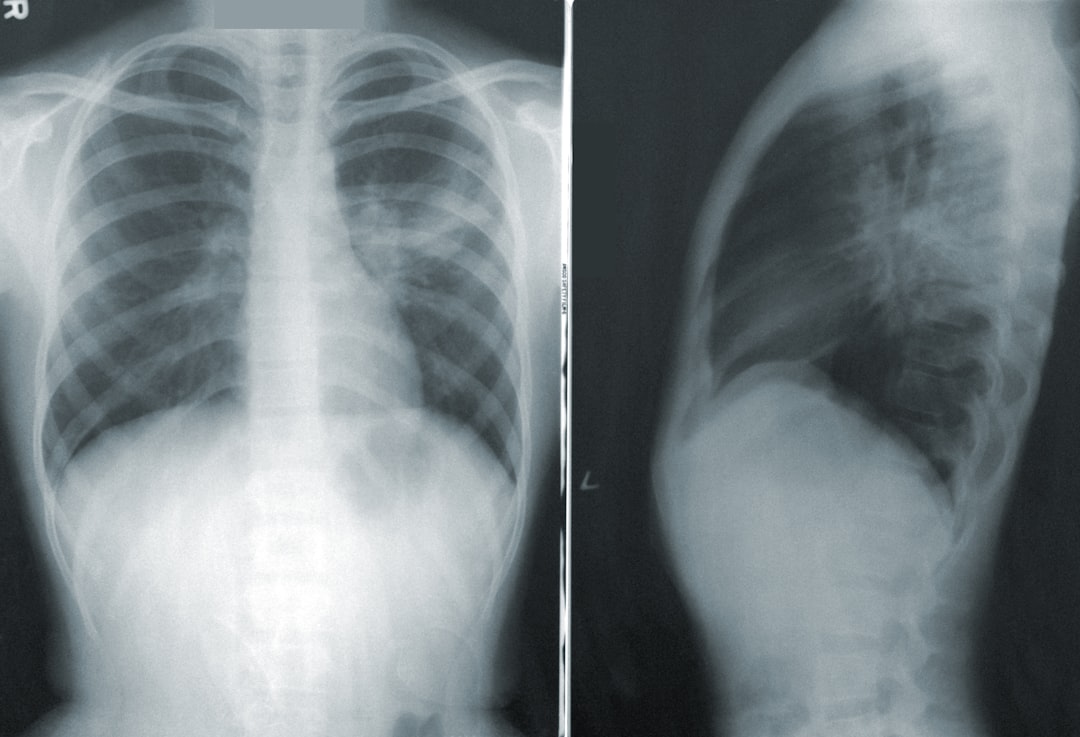What is it about?
Major challenges for effective implementation of the Electro-Fenton (EF) water treatment process are that conventional efficient cathodes are relatively expensive, and H2O2 activation by Fe2+ may cause secondary pollution. Herein, we propose a low-cost activated carbon/stainless steel mesh (ACSS) composite cathode, where the SS mesh distributes the current and the AC simultaneously supports H2O2 electrogeneration, H2O2 activation, and organic compounds (OCs) adsorption. The oxygen-containing groups on the AC function as oxygen reduction reaction (ORR) sites for H2O2 electrogeneration; while the porous configuration supply sufficient reactive surface area for ORR. 8.9 mg/L H2O2 was obtained with 1.5 g AC at 100 mA under neutral pH without external O2 supply. The ACSS electrode is also effective for H2O2 activation to generate OH, especially under neutral pH. Adsorption shows limited influence on both H2O2 electrogeneration and activation. The iron-free EF process enabled by the ACSS cathode is effective for reactive blue 19 (RB19) degradation. 61.5% RB19 was removed after 90 min and 74.3% TOC was removed after 720 min. Moreover, long-term stability test proved its relatively stable performance. Thus, the ACSS electrode configuration is promising for practical and cost-effective EF process for transformation of OCs in water.
Featured Image
Read the Original
This page is a summary of: Activated carbon as effective cathode material in iron-free Electro-Fenton process: Integrated H2O2 electrogeneration, activation, and pollutants adsorption, Electrochimica Acta, February 2019, Elsevier,
DOI: 10.1016/j.electacta.2018.11.052.
You can read the full text:
Contributors
The following have contributed to this page










